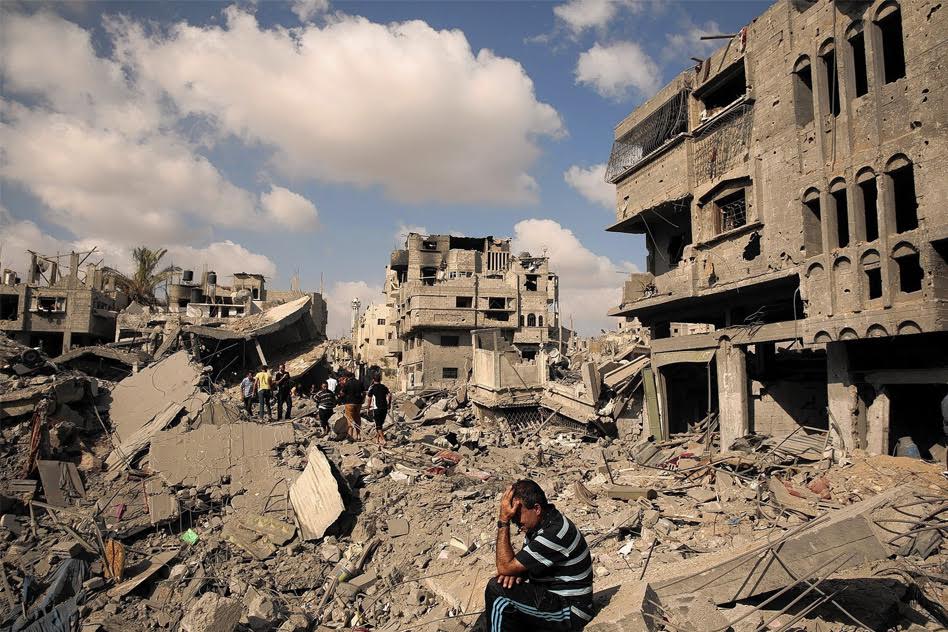Full report: unctad | Image Source: psnedmonton
A recent report by the UN Conference on Trade and Development predicts that Gaza could become uninhabitable by 2020. Citing negligible trade, a failed economy, ravaged infrastructure, the Israeli restrictions and political instability, the report grimly warns that the region, inhabited by 2 million people, could collapse by the end of the decade.
Gaza has a history of bad economics – not because of failed policies but because of military misadventures. The report states that “real GDP growth has been extremely unstable and determined by political events and donor support, which have been both unpredictable and outside the control of the Palestinian National Authority.” The dominance of politics over Palestinian economic development is obvious. Since the Six-Day War the region has had to endure increasing instability – and Gaza is at its weakest and most vulnerable today since 1967.
Before the 2014 Gaza conflict the region was already suffering from high mortality rates, food insecurity and a struggling economy. The 2014 conflict only made everything worse. Unemployment rose to 44%, 60% of Gazan households became food-insecure, 1,462 died and $6 billion was lost in damages.
Gaza is one of the most unstable regions in the world. Lack of resources and a growing population coupled with an ever-present threat of renewed military action have rendered Gaza a failed economy and a human rights nightmare. 3 military operations in the last 6 years and 8 years of economic blockade have crippled Gaza, forcing a period of “de-development” on the region. Also, the recurrent sieges and conflicts have dangerously impoverished Gazans.
The UN report warns that no amount of aid or humanitarian help can rebuild Gaza if military strikes and bombardments continue. Only by reaching a diplomatic consensus, only by establishing political certainty can we provide the people of Gaza with a fair chance of survival.










